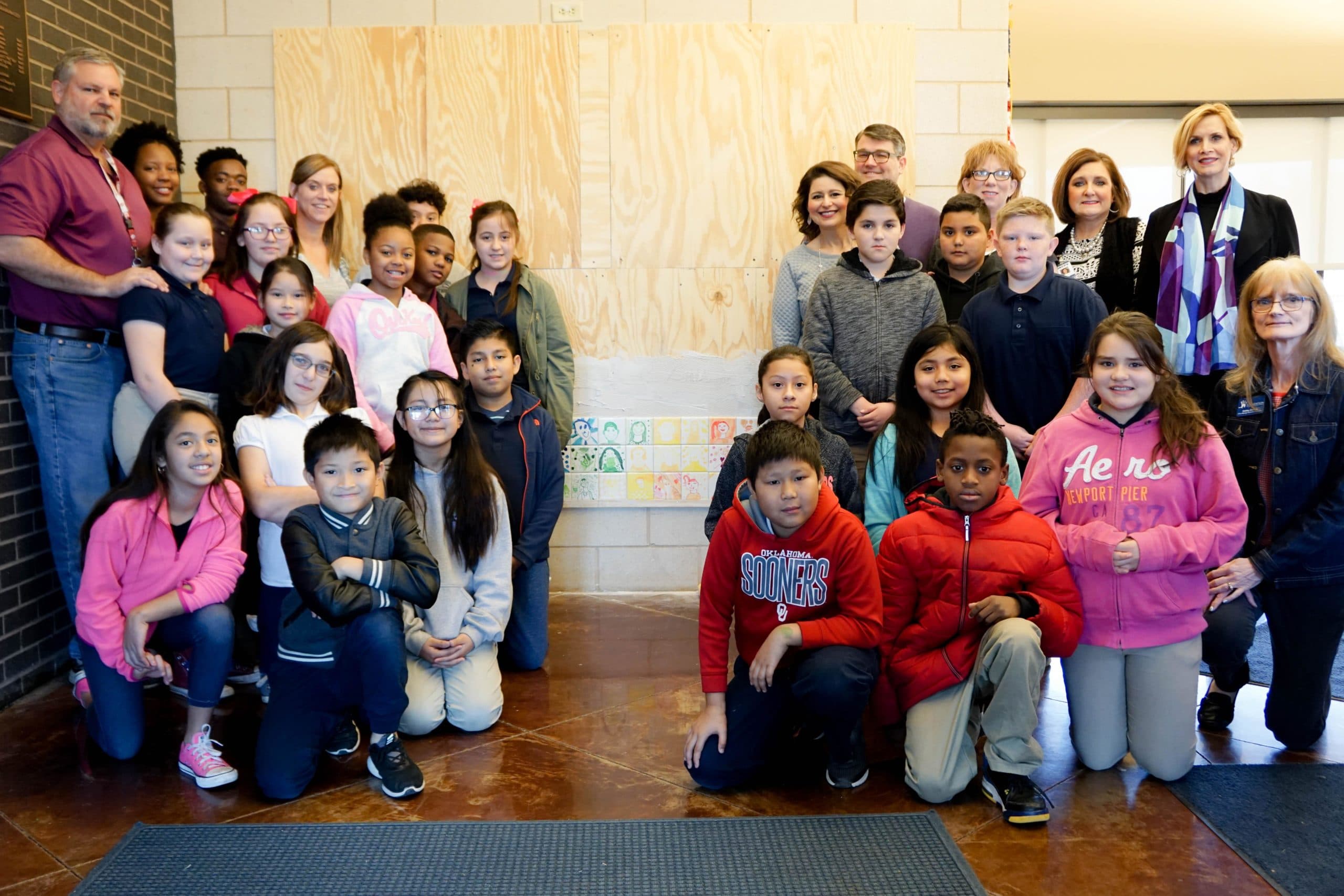
Sunday June 17, 2018
Creating educational equity for students
What’s the difference between equality and equity? Picture in your mind three children in front of a stockade fence. Each is standing on a box. One can easily see over the fence because the box is on higher ground. One can see over the fence while standing on his toes because the box is on ground that is slightly lower. The third stands on a box but is on ground quite a bit lower than the other two and can’t see over the fence at all. They all have the same size box, but start at very different places. That is equality.
Equity, on the other hand, provides additional boxes to the second and third child, allowing each of them the same access to see over the fence.
The Oklahoma City Public Schools Board of Education recently approved an equity policy and staff has been working to develop a plan to ensure equity is provided for all students. The district’s expanded leadership team, including principals and central office leaders, met last week with the National Equity Project to discuss the issues around creating educational equity for the students of OKCPS. This organization has worked with urban school districts across the country to develop an equity culture at every level of the organization.
The definition of educational equity, according to the National Equity Project, means that each child receives what they need to develop to their full academic and social potential. Moving to a system of educational equity is, in some ways, counter intuitive to the way public education was designed. Thomas Jefferson, the creator of public education, called for filtering only “superior” boys to continue past a few years of education. We have certainly (and thankfully) made changes since those early days of public education, but continuing to have the sometimes difficult discussions about the realities for many of our students is imperative.
The National Equity Project shared areas for these discussions and broke them into six categories: Outcomes, Classroom practices, Curriculum, Culture of students in a school, Parents and families, and School and district policies, including counseling and professional development.
Each category included a blueprint of sorts, with factors such as support for English Learners and addressing conscious and unconscious biases head on. Setting high expectations with supports to all students works. These supports include understanding and supporting different cultures and making students feel valued and that they belong; Creating curriculum that represents the contributions of all people (for example women and people of color and sharing the facts about shameful periods of U.S. History); ensuring that all parents and guardians feel welcome at the school such as providing translators at all school meetings.
Five hundred words barely scratches the surface of explaining equity for the students of OKCPS. It is deep and complex to get to the very root of the issues, but understanding why it is important is the first step. Then, as OKCPS is doing, developing and implementing a concise and measurable plan will create the cultural shift. And, as we must remember, this will also take the support and understanding of the community. As the facilitators from the National Equity Project stated, “When you know your “why”, your “what” has more impact.
Read Mary Mélon’s original NewsOK editorial.

